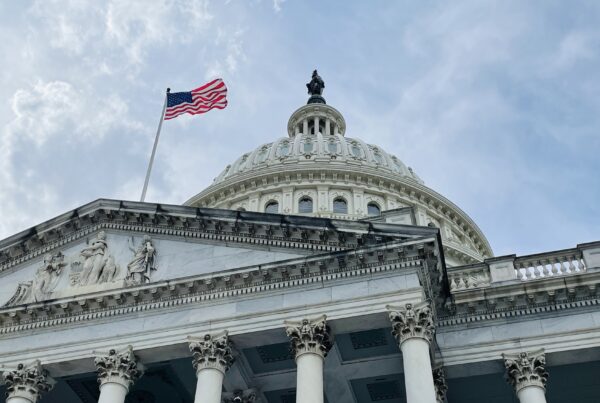One of the issues at the forefront of the 2016 Presidential election was tax reform. On December 22, 2017, the highly anticipated legislation was signed into law by President Trump. Informally known as the Tax Cuts and Jobs Act (“the Act”), or TCJA for short, this legislation lives up to the promise of making significant changes to the Internal Revenue Code marking the first time since 1986 that a massive overhaul of the U.S. tax system was passed.
While the most widely covered change impacting homeowners relates to the real estate tax deduction cap, there were important changes to the mortgage interest deduction that may impact many people who are currently looking to purchase a new home or who have existing home equity loans outstanding.
2017 and Prior
Prior to the passage of TCJA, homeowners were allowed to deduct mortgage interest paid on up to $1,000,000 of mortgage debt. In addition, taxpayers could deduct the interest on home equity loans (HELOC) up to $100,000 of principal. Taxpayers could include debt on their primary home and one additional home in calculating their deduction. The result was that taxpayers could deduct interest on a maximum $1,100,000 of debt. For regular tax purposes, the HELOC interest was deductible regardless of how the loan proceeds were used. In computing the Alternative Minimum Tax (AMT), however, the HELOC interest was only deductible to the extent it related to the purchase, construction or improvement of a residence.
TCJA Change
With the passage of TCJA, the itemized deduction for mortgage interest has been reduced to only permit the deduction of interest on mortgage indebtedness not exceeding $750,000. Further, the deduction for home equity interest is repealed through 2025. Mortgage debt incurred on or before December 15, 2017, is grandfathered into the pre-TCJA limitations, however, the deduction for interest on pre-existing home equity debt is repealed. For taxpayers who entered into a written binding contract before December 15, 2017, to close on the purchase of a principal residence before January 1, 2018, and who actually purchase such residence before April 1, 2018, are also eligible for the higher pre-TCJA limitations.
As with many provisions in this law, the details of how the change was written is very important. What is particularly important is how deductible mortgage interest is defined. Tax law categorizes “qualified residence interest” as either “acquisitions indebtedness” or “home equity indebtedness”. Acquisition indebtedness is further defined as debt which is incurred in acquiring, constructing, or substantially improving any qualified residence of the taxpayer that is secured by such residence. Under TCJA, for tax years 2018-2025, the interest on home equity debt may be disallowed depending on the use of the debt. If the debt qualifies as “acquisition indebtedness” the interest will remain deductible. Simply put, if a taxpayer’s HELOC was used to purchase, construct or substantially improve their residence, the interest will be classified as deductible mortgage interest under the new law. Additionally, if a HELOC is used to refinance a primary mortgage, the interest will likely continue to be deductible.
Taxpayers need to be aware of these changes when providing information to their tax advisors starting in 2018. The details of how home equity line proceeds were used will become even more important to ensure that the maximum tax deductions are being claimed. Please contact your W&G advisor for additional information.





